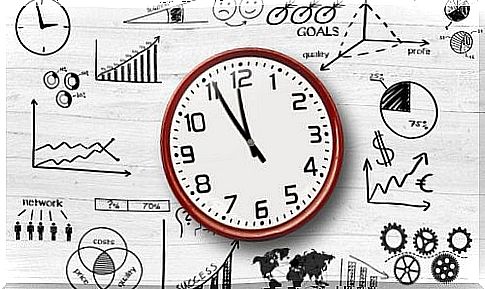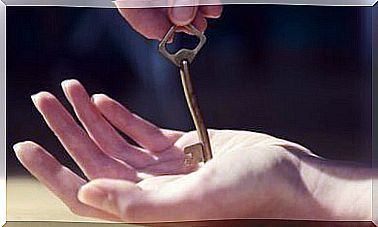Illich’s Law And Negative Productivity

Illich’s law states that productivity decreases significantly after a certain number of working hours. This law refers to a “negative productivity threshold ,” a point from which we struggle to hold our attention and start making mistakes in our work.
Researchers are very interested in studying productivity. Throughout history, the world of work has always been organized on the basis of economic and political ends.
However, it is important to always keep in mind that we are essentially just humans. People have downplayed this factor for a long time, and we are now seeing the result: a drop in economic productivity.
People have always wondered about the best ways to achieve the best productivity. Therefore, multiple theories have emerged that take into account the human factor. We cannot overlook this factor as it encompasses the potential and cognitive capacities of the individual such as motivation. This is how Illich’s law came about.
Ivan Illich: the creator of Illich .’s law
Ivan Illich, the creator of Illich’s law, was a Croatian-Austrian philosopher. He became famous after the publication of his book Deschooling Society . In it he criticized the education system. He always promoted self-study as a means of learning and educating oneself and conversation as a tool to encourage analysis.
In 1980, Ivan Illich created Illich’s law. At the time, he was a professor at Pennsylvania State University . After several studies, he concluded that productivity dropped after a certain number of working hours.
That is the premise of Illich’s law. In other words, this thinker found that working for several hours at a time results in low productivity.
In principle, working more hours is not directly proportional to higher production. On the contrary, it is just the opposite: working too many hours can saturate a person and lead to a complete blockage.

The Law of Illich
According to Illich’s law, the key is proper organization of work and rest times. Let’s illustrate this with an example. One person makes one pair of shoes in two hours. But if that person worked 12 hours straight, he wouldn’t make six pairs of shoes. Why is that? Because productivity begins to decline after a certain period of time.
This person will end up making four pairs of shoes instead of the expected six. The work that took two hours in the beginning will take him three hours later and will take more time as the hours go by. It is also very likely that the last products made will be less good.
The situation can be even more serious when it comes to intellectual work. In both physical and intellectual work, however, working tirelessly leads to mental fatigue. If this continues over time, it can also lead to anxiety, depression, and irritability.

Working efficiently
Illich’s law states that alternating work and rest is the best way to prevent fatigue. He proposed something called “time intervals” for this. These “intervals” are ways of organizing time so that fatigue does not compromise the individual’s performance. The three main time intervals are:
- A two minute break after every ten minutes of work. While many people think this is a fairly short break, this time interval has proven to be very effective. If the workload is not too overwhelming, after a 2-minute break, all cognitive capacities return to their maximum potential.
- A five minute break after every 25 minutes of work. This is a productivity interval that corresponds to the well-known Pomodoro technique. Many people have said that this technique works very well.
- A twelve-minute break after every twelve minutes of work. This is a time interval that has proven to be very effective for mechanical and tedious tasks.
Since most of us are used to working many hours a day, it can be difficult to apply these time intervals at first. However, remember that it is all a matter of habit.
They will become part of your routine in no time. Something that can motivate you to apply them is by evaluating how productive you were after a long day of work. Apply a time interval the next day and then do the same. Then compare both results. It might surprise you!









